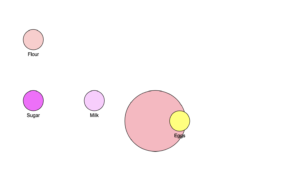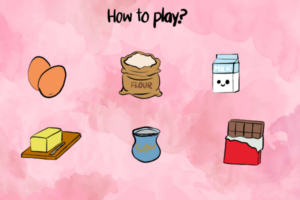The text delves into the intricate interplay between the usability and aesthetic appeal of everyday objects. It posits that while usability is undeniably crucial, the significance of aesthetics and the emotional response they evoke should not be underestimated. Essentially, a product should excel not only in terms of its functional efficiency but also in its capacity to captivate users visually and stir positive emotions.
A central argument which interested me is that our emotional state, referred to as affect, has a profound impact on our ability to interact with products. During periods of stress or anxiety, our focus tends to narrow to immediate tasks, often causing us to overlook minor design flaws. Conversely, when experiencing positive emotions, our creativity and problem-solving capabilities are enhanced, making us more tolerant of design imperfections.
The future of everyday objects lies in achieving a harmonious equilibrium between usability, aesthetics, and emotional resonance. The overarching goal should be to create products that not only fulfill their intended functions effectively but also deliver a delightful and emotionally enriching user experience. In essence, it calls for a comprehensive design approach that takes into account both functionality and emotional impact.
The central idea that I totally agree with is that well-designed, visually appealing products tend to not only excel in usability but also enhance the overall user experience. Striving for a seamless fusion of practicality, aesthetics, and emotional appeal should be the aspiration of designers and manufacturers to create products that deeply resonate with their users.



